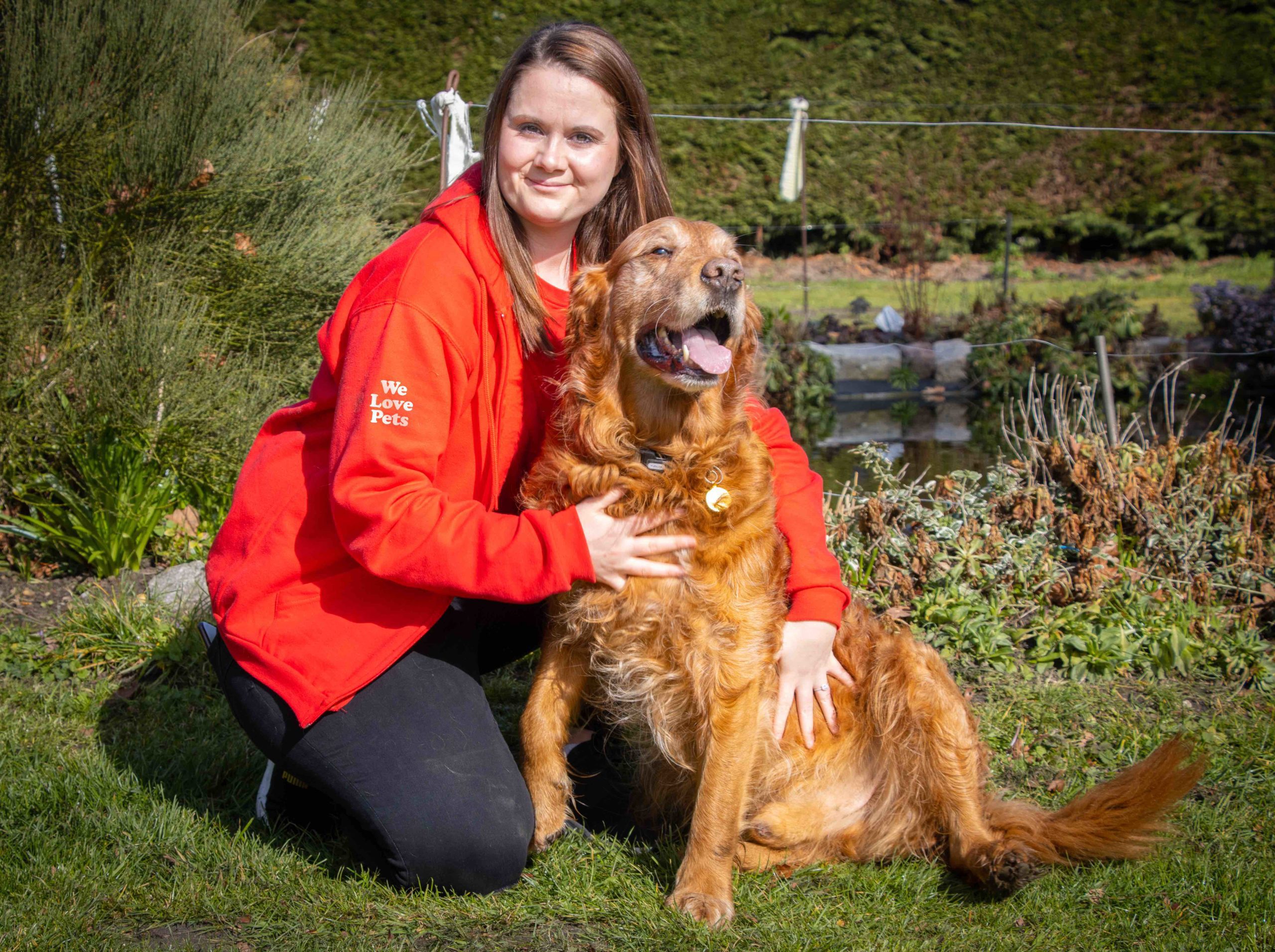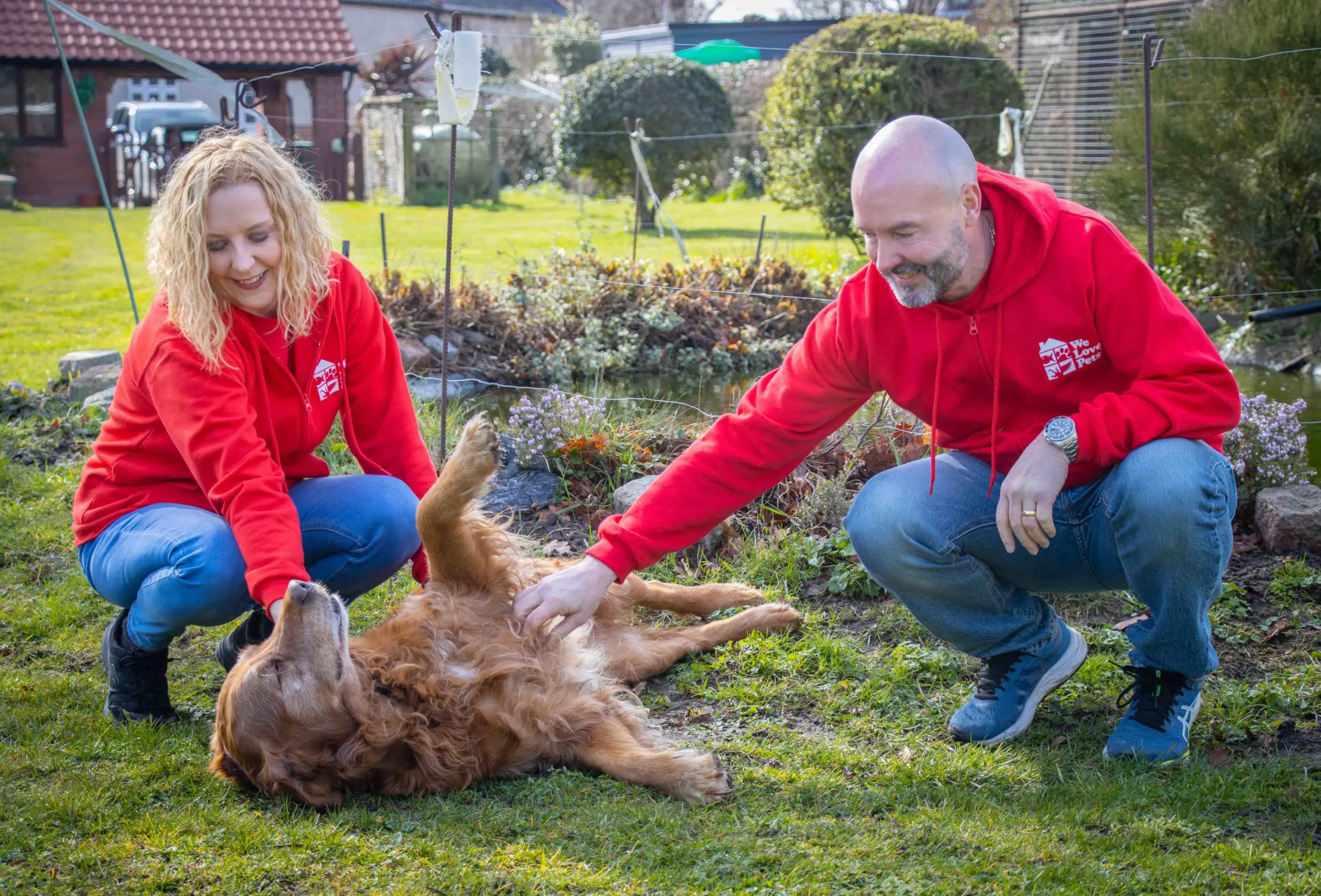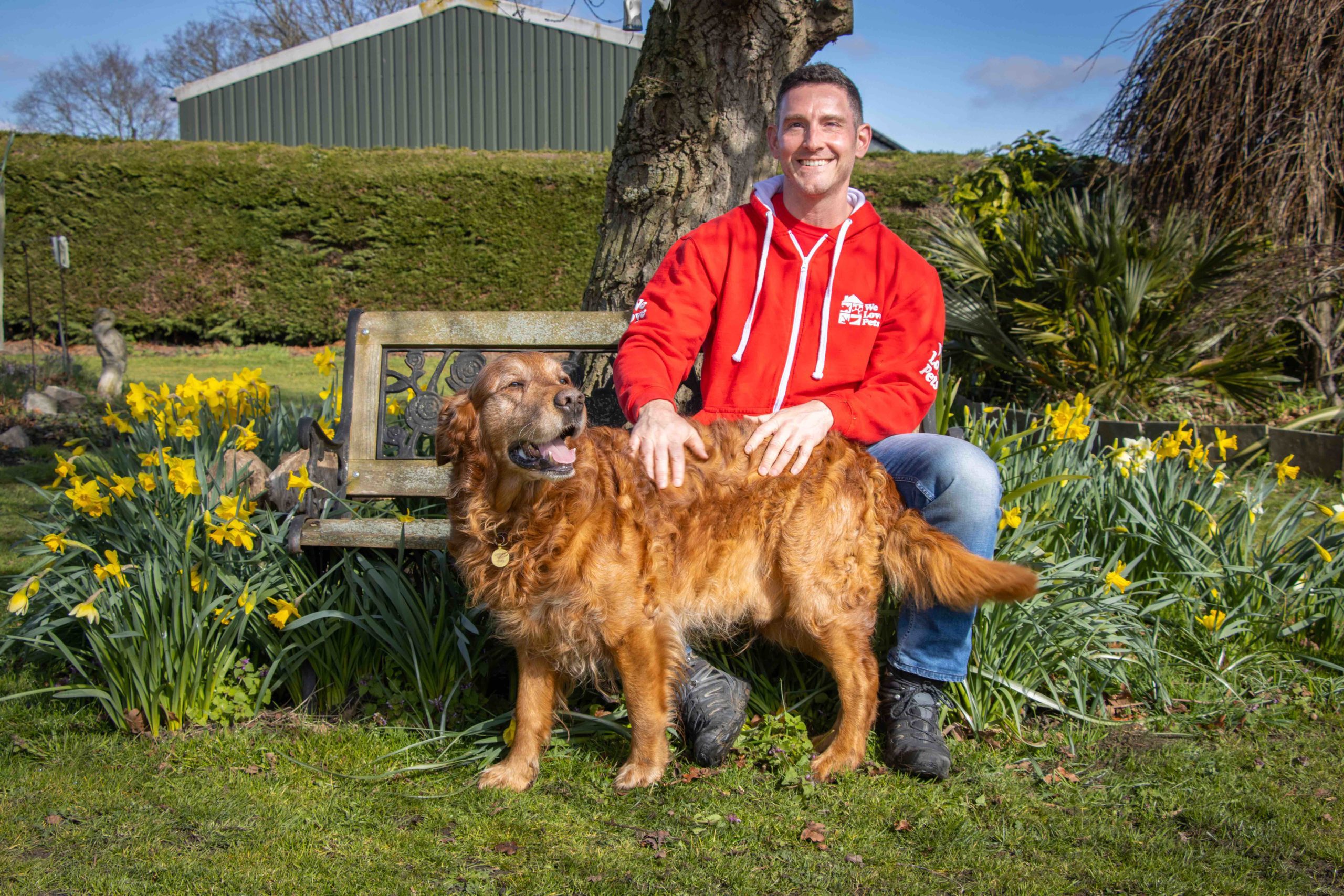Depending on the breed of dog the coat growth will vary. Some breeds shed hair all year round while others such as the Labradoodle were particularly bred for their low- shedding coat. In the case of the Labradoodle, it is the low shedding ‘poodle’ type coat that has come through in its breeding.
There are some breeds that shed regularly at a constant rate while others might shed more in certain seasons. As well as the different coat textures (smooth, woolly, long, curled, etc) dogs are also either single or double coated.
Single coated
A single coated dog will have one type of hair growing across its body.
Breed examples include Whippet, Dachshund, Border Terrier, Greyhound, West Highland White.
Double coated
A double- coated dog will have two types of hair growing across its body. It will have a guard hair, which is the top layer protecting the undercoat and providing a barrier against wet and cold. Underneath the guard hair layer will be the undercoat, which is thicker and softer to provide extra warmth.
Breed examples include Golden Retriever, Husky, Mountain dog breeds, Akita, Chow Chow.
When a dogs coat grows it will go through four stages:
- The first stage is when new hairs are coming through in an active stage of growth.
- The second stage is when the new hairs stop actively growing as they have reached their maximum length.
- The third stage is a dominant stage so the hair is fully attached but no longer growing.
- Finally the fourth stage is when the hair reaches the end of its life and is shed from the skin follicle. After this, the process starts all over again.
Most double coated breeds shed twice a year over the course of two-three weeks. This falls in line with the changes of the seasons, growing thicker hairs in preparation for colder months and finer hairs for the warmer months of the year. With these dogs, all their coat hairs are in the same stage of growth at the same time. It is the undercoat that sheds throughout the year.
For the breeds that do not shed their coat at a uniform rate a couple of times a year, they go through a much more staggered process of coat growth and renewal. This means that across their coat different hairs can be in any of the four growth stages. This makes the shedding process very subtle becoming slightly more pronounced as the seasons change. These single coated breeds have a longer cycle of hair growth which makes it seem like they do not shed at all.
Central heating in our homes can impact on how the shedding process pans out. In a house with a controlled warm environment, it will keep the dog’s body temperature warmer. So, during the winter it may cause the dog to modify the whole growth and coat loss process. This is when it may be beneficial, particularly for the single coated breeds, to have them wear the added protection of a warm, waterproof dog coat because we have created a false environment in the wet and cold winter months.




